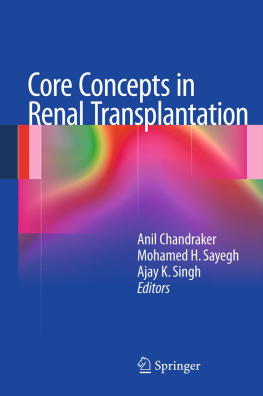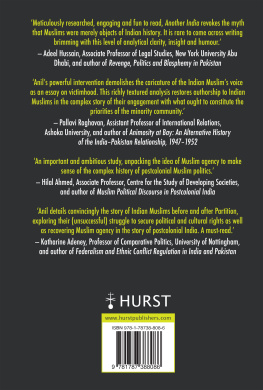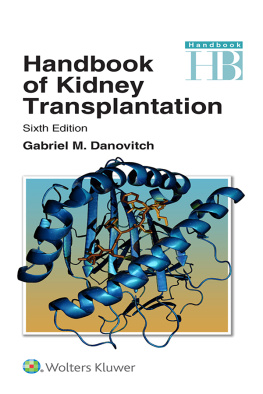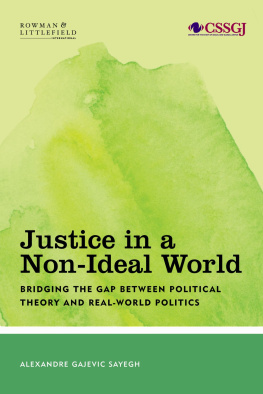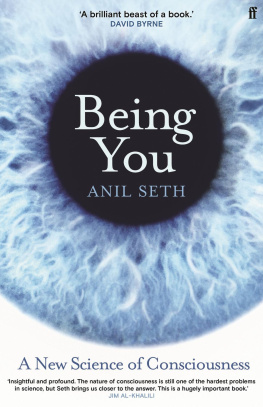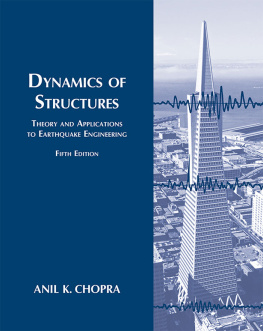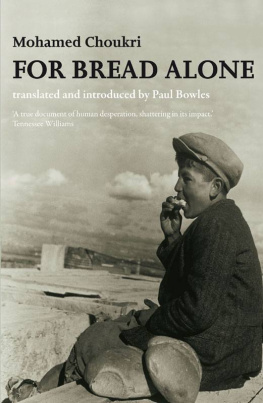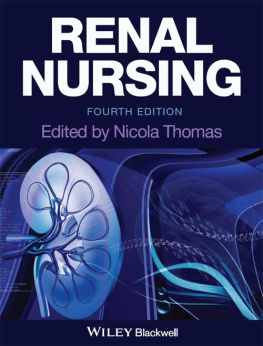Our immune system has evolved into an intricate system that protects us from invading microbes while maintaining its ability to recognize self. The very nature of its design limits the success of transplantation since the recipient recognizes the transplanted organ as foreign and mounts a robust response to target it.
There are two arms of the immune system: innate (or natural) immunity and adaptive immunity. The innate immune system is evolutionarily older and does not require the recognition of specific antigens. Nonspecific recruitment of macrophages, neutrophils, natural killer cells, and the complement system provides a rapidly activated first line of defense when damage or infection is encountered. In contrast, the highly sophisticated adaptive immune system involves a more efficient recognition of specific pathogens and is able to generate immunological memory. Adaptive immunity is characterized by the involvement of T cells in cell-mediated immune response and B cells in the humoral response. The components of the immune system do not function exclusively and often work in concert with one another. For example, antigen-specific T cell activation leads to production of cytokines that recruit innate immune cells, assists B cells production of alloantibody, and generates CD8+ T cell-mediated cytotoxicity.
Allorecognition
The process of how immune cells recognize transplanted grafts was first described by Snell and Gorer in a skin transplant model between strains of inbred mice []. When donor and recipient were of the same strain, the syngeneic graft was not rejected. However, when donor and recipient were of different strains, the allogeneic graft was rejected. These observations led to the identification of the major histocompatibility complex (MHC) as the locus of polymorphic genes encoding the key antigenic determinants of graft rejection. In humans, the MHC locus is found on the short arm of chromosome 6 and their protein products are known as human leukocyte antigens (HLA). There are two types of MHC molecules: class I and class II molecules. In humans, class I genes include HLA-A, HLA-B, and HLA-C. The class II genes are HLA-DP, HLA-DQ, and HLA-DR.
MHC class I molecules are comprised of a polymorphic (alpha) chain and a nonpolymorphic (beta)2-microglobulin chain, and are expressed on all nucleated cells. MHC class II molecules consist of a polymorphic (alpha) chain and a polymorphic (beta) chain and are constitutively expressed only on antigen-presenting cells (APCs) such as dendritic cells, B cells, and macrophages. They can, however, be upregulated on a variety of other cell types including endothelial and epithelial cells in inflammatory conditions []. Both classes of MHC antigens possess a peptide-binding groove. The specific amino acid sequence within this groove determines which specific peptide can bind for presentation to T cells. Class I molecules bind shorter peptides that are usually derived intracellularly, such as viral proteins, whereas class II molecules bind longer extracellular peptides that have been brought into the cell via endocytosis. They are both stably expressed on the cell surface when bound with peptide and are readily upregulated by a variety of proinflammatory cytokines. This enables constant, repeated antigen presentation in areas of inflammation. In the absence of infection or foreign allograft, MHC antigens may present self-peptides as a way of maintaining peripheral tolerance to self.
MHC molecules are polymorphic and able to express any one of hundreds of different molecules, with more than 1,600 different alleles presently documented in humans []. Clearly, there is evolutionary benefit to having extensive MHC polymorphism since it allows for a wide variety of microbial peptides to be bound and presented to T cells. However, in the context of transplantation, this polymorphic property becomes detrimental since matching of donor and recipient at each of the MHC loci (HLA in humans) is more difficult. The corollary is that the greater the degree of HLA matching between donor and recipient, the less likely the allograft will reject. Unfortunately, this polymorphism also increases an individuals likelihood of developing alloantibodies, which can occur with exposure to nonself HLAs through blood transfusions, pregnancy, or previous transplantation (sensitization).
Non-HLA Antigens
Although HLA mismatch is the major barrier to allogeneic transplantation, graft rejection (whether acute or chronic) can still occur despite identical HLA between donor and recipient. ABO antigens (see ABO incompatibility below) represent the most common non-HLA antigen, and the chance that any two individuals in the United States will be ABO incompatible is 35% []. Growing appreciation for this phenomenon has led to the identification of a plethora of non-HLA antigens including minor histocompatibility (mH) antigens, vascular endothelial receptors, and adhesion molecules.
Minor antigens are derived from various endogenous proteins that exhibit genetic polymorphisms between individuals. They are recognized as peptides bound to self-MHC and elicit a class I restricted CD8+ cytolytic T cell response [].
MHC class I polypeptide-related sequences A (MICA) and B (MICB) have also garnered increasing attention as non-HLA target antigens in acute and chronic allograft rejection [].
ABO Incompatability
ABO blood group antigens are cell surface glycosphingolipids initially identified as the targets on red blood cells leading to blood transfusion reactions. They are recognized by hemagglutinins, natural antibodies that cause red cell agglutination. These antibodies develop in response to carbohydrate antigens expressed by bacteria that colonize our intestines. All individuals have a common core O antigen with an attached H antigen. The ability of an individuals glycosyltransferase enzyme to modify this H antigen determines their blood type. Individuals homozygous for the O allele of the enzyme produce a protein that lacks enzymatic activity while individuals who possess the A allele have an enzyme capable of glycosylating the H antigen to produce the A antigen, and those who possess the B allele form the B antigen. It turns out that ABO antigens are also expressed on other cell types such as endothelial cells, and hemagglutinins can cause hyperacute rejection via recognition of the graft vascular endothelium. In current practice, hyperacute rejection because of ABO mismatch is extremely rare because donor and recipient pairs are matched for ABO blood type. In addition, desensitization protocols have been successfully employed to allow for transplantation across ABO barriers in living donation [].

